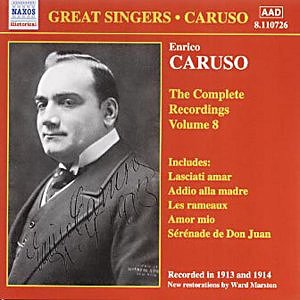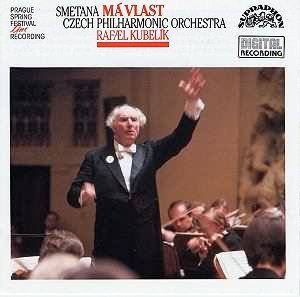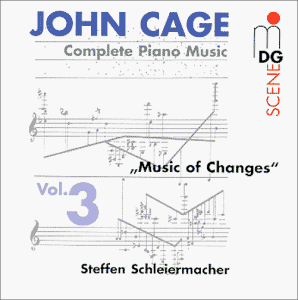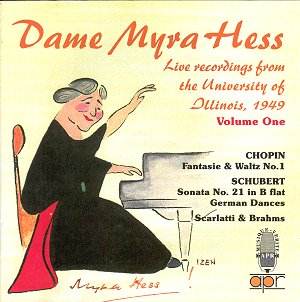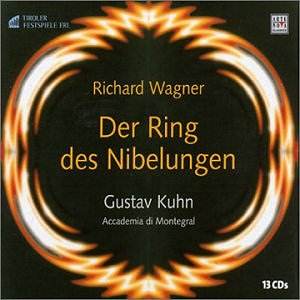 Composer: Wagner
Composer: Wagner
Works: Der Ring des Nibelungen: Das Rheingold, Die Walküre, Siegfried, Götterdämmerung
Performers: Siegfried – Alan Woodrow (tenor), Brünnhilde – Elena Comotti/Elizabeth-Maria Wachutka/Eva Silberbauer (soprano), Wotan – Albert Dohmen/Duccio dal Monte/Juha Uusitalo (bass-baritone), Alberich – Andrea Martin (bass), Siegmund – Andrew Brunsdon (tenor), Sieglinde – Gertrud Ottenthal (soprano), Mime – Krzysztof Kur/Thomas Harper (tenor), Hunding – Thomas Hay (bass), Gunther – Herbert Adami (baritone), Hagen – Duccio dal Monte (bass), Fafner – Thomas Hay (bass), Fasolt – Xiaoliang Li (bass), Gutrune – Gertrud Ottenthal (soprano), Erda – Julia Oesch (contralto), Fricka – Nadja Michael/Julia Oesch (soprano), Waltraute – Ewa Wolak (soprano), Loge – Arnold Bezuyen (tenor), Singers of the Accademia di Montegral, Orchestra del Teatro di San Carlo, Naples/Orchestra of the Tyrol Festival
Recording: Live performances at the Tyrol Festival and Teatro di San Carlo, Naples between 1998 and 2001
Label: ARTE NOVA
Richard Wagner’s monumental cycle, Der Ring des Nibelungen, stands as a cornerstone of operatic literature, encapsulating themes of power, redemption, and the tragic consequences of human ambition. This new release of the complete Ring cycle under the baton of Gustav Kuhn, featuring a diverse cast from the Accademia di Montegral, offers a fresh perspective on this well-trodden terrain, albeit with mixed results. The historical context of Wagner’s work cannot be overstated; completed in 1874, the Ring was a radical rethinking of operatic form and substance, demanding a depth of interpretation and musical execution that remains a benchmark for performers today.
Kuhn’s interpretation is notable for its ambition, yet it often falters in execution. The recording presents an intriguing approach, with multiple singers taking on key roles across the four operas. This strategy, while potentially enriching the performance through varied interpretations, leads to a disjointed listening experience. The frequent cast changes, particularly in pivotal roles such as Wotan and Brünnhilde, can confuse the narrative coherence that Wagner so meticulously crafted. For instance, Albert Dohmen’s Wotan exudes authority and depth, yet his replacement by the comparatively less impactful Duccio dal Monte diminishes the continuity necessary for the character’s arc.
Musically, the orchestra of the Tyrol Festival, under Kuhn’s direction, exhibits a competent but at times monochromatic palette. The balance between orchestra and singers suffers, with moments where the orchestral forces overshadow vocal lines, notably in the climactic scenes of Die Walküre. The timpanist seems particularly eager, drowning out critical moments of vocal expression. A striking example of missed opportunity occurs during Siegmund’s pivotal moment of drawing Nothung; here, the orchestral swell should enhance the drama, yet instead, it competes with the tenor’s efforts, leading to a lack of the intended emotional impact.
The sound quality of the recording, while adequate for live performances, does not capture the depth of Wagner’s orchestration as effectively as studio recordings from renowned conductors such as Solti or Karajan. The engineering lacks the clarity that allows Wagner’s intricate orchestral textures to shine, resulting in a more straightforward interpretation that may appeal to newcomers but risks alienating seasoned Wagnerians. Recorded live, the energy of the performances is palpable, yet the lack of a cohesive sonic landscape diminishes the overall experience.
Performance highlights do emerge amid the inconsistencies. Alan Woodrow’s Siegfried is particularly commendable, with a bright ringing tone that embodies the youthful hero’s spirit. Gertrud Ottenthal as Sieglinde also stands out, delivering a thrilling portrayal that resonates with sincerity and depth, especially in her exchanges with Woodrow. The trio of Brünnhilde interpretations, while each possessing unique qualities, ranges from the strident to the more nuanced, leaving listeners to ponder the ideal embodiment of Wagner’s Valkyrie.
The decision to cast multiple singers in key roles, however innovative it may seem, ultimately detracts from the unified vision that Wagner intended. The intention behind the Accademia di Montegral’s approach—to nurture and showcase emerging talent—is commendable, but the execution raises questions about the effectiveness of such a method in the grand tapestry of the Ring.
With so many established recordings available, this 25th version of the Ring cycle offers a curious addition to the catalog. It indeed displays moments of promise, particularly in the performances of Woodrow and Ottenthal, but the inconsistent casting and a lack of cohesive direction hinder its ability to stand alongside the classic interpretations. Those willing to navigate the varied performances may find value in this offering, yet the discerning listener will likely prefer to revisit the more polished accounts that have shaped the interpretation of Wagner’s magnum opus over the decades.
